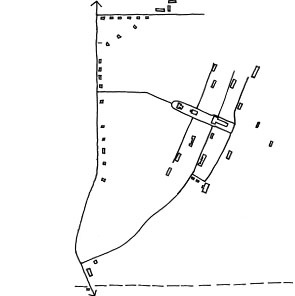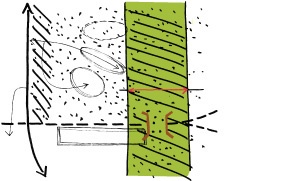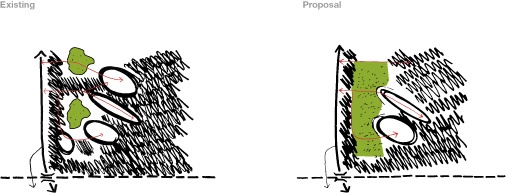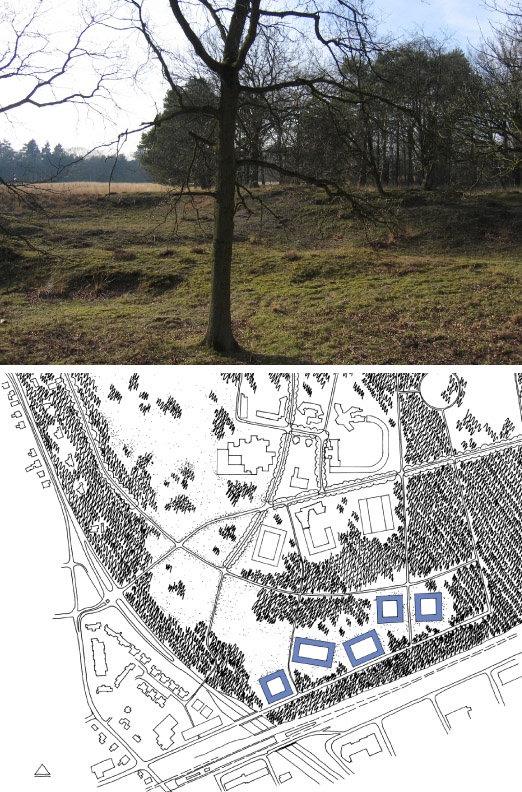
| This development, which aims to resolve conflicting interests in the
project, was commissioned by the two authorities that own most of the
property involved. One is the institution that wants to expand, the
other the foundation that aims to protect the landscape. The plan
serves both. |
 |
 |
Unshredding nature Plants and animals thrive well when large tracts of unenclosed land are available for growth and procreation. Human habitation has deprived the range of hills called Utrechtse Heuvelrug of this quality in a large measure. Construction of a so-called ecoduct, an ecological bridge connecting nature over the railroad tracks east of Den Dolder will establish a green corridor. A minimum width of one kilometer of undisturbed nature promises a valuable addition to the existing landscape. |

Open space
Villas along the road north of the railroad crossing are surrounded by large, fully-grown gardens. Together, they create a green screen of shrubbery and mature trees through which open spaces can be glimpsed. These are the remnants of the original heathland that once covered the poor sandy soil. This open space is cleared from buildings and solitary trees to become the backbone of a new Arcadian landscape. On one side there are residential gardens, on the other housing hidden in the woods.

Woods
Restoration of natural qualities in the green corridor and heathland strip justifies a new approach towards building in the woods. Demolition of buildings that have outlived their usefulness offers opportunities to enlarge the wooded area. Shorter connecting roads to the remaining built-up clusters reduce traffic. A new set of buildings next to the railroad follows the established tradition of grouping individual buildings into ensembles. Together these buildings form a barrier that reduces the noise of trains. They feature inner courtyards, underground parking and are surrounded by trees that define the maximum building height.
Client
Foundations ‘Altrecht’ and ‘Het Utrechts
Landschap’
Credits
Wim Wijsman
Landscape architect